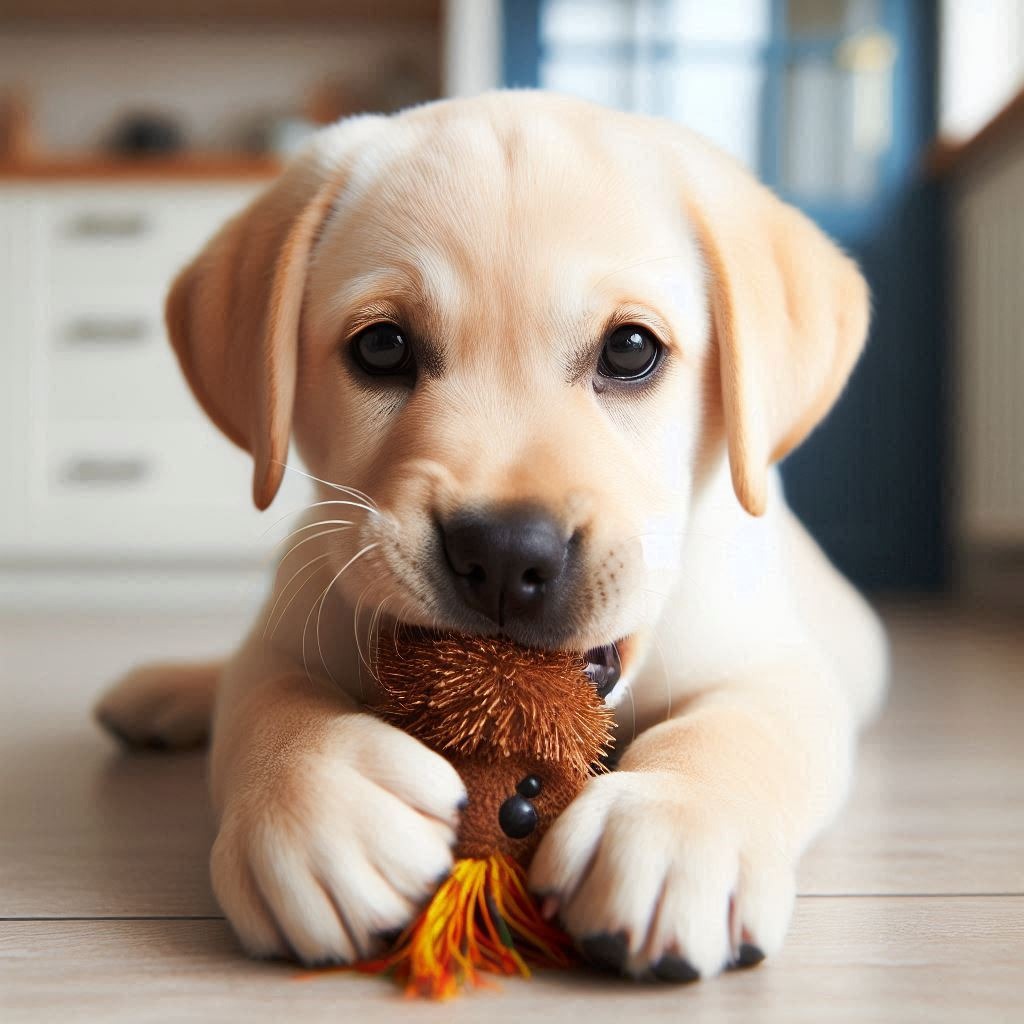Understanding when puppies are at their naughtiest can help you better manage their behavior and training. Generally, puppies tend to be the most challenging between 3 and 6 months of age. During this period, they are full of energy, curiosity, and a desire to explore their surroundings, which often leads to mischievous behavior.

Key Points:
#1 – Teething Stage (3-6 Months):
- Puppies start teething around 3 months, leading to increased chewing and biting behaviors.
- They explore the world with their mouths, often chewing on furniture, shoes, and other household items.
#2 – Increased Independence:
- As puppies grow, they become more independent and start testing boundaries.
- They may ignore commands, dig holes, or find ways to escape the yard.
#3 – Socialization and Training:
- This age is crucial for socialization and training.
- Consistent training, positive reinforcement, and socializing with other dogs and people can help manage naughty behaviors.
#4 – Energy Levels:
- Puppies have high energy levels and require ample physical and mental stimulation.
- Lack of exercise and boredom can lead to destructive behaviors.
#5 – Hormonal Changes:
- Around 6 months, many puppies reach sexual maturity, which can influence their behavior.
- Male puppies may start marking territory, and females may experience their first heat cycle.

Tips to Manage Naughty Behavior:
- Provide Chew Toys: To satisfy teething urges and protect your belongings.
- Regular Exercise: Ensure your puppy gets enough physical activity to burn off excess energy.
- Training Sessions: Short, consistent training sessions help reinforce good behavior.
- Socialization: Introduce your puppy to new environments, people, and other animals to reduce fear and aggression.

By understanding these factors and providing proper training and care, you can navigate through the naughtiest phase of your puppy’s development more smoothly.
